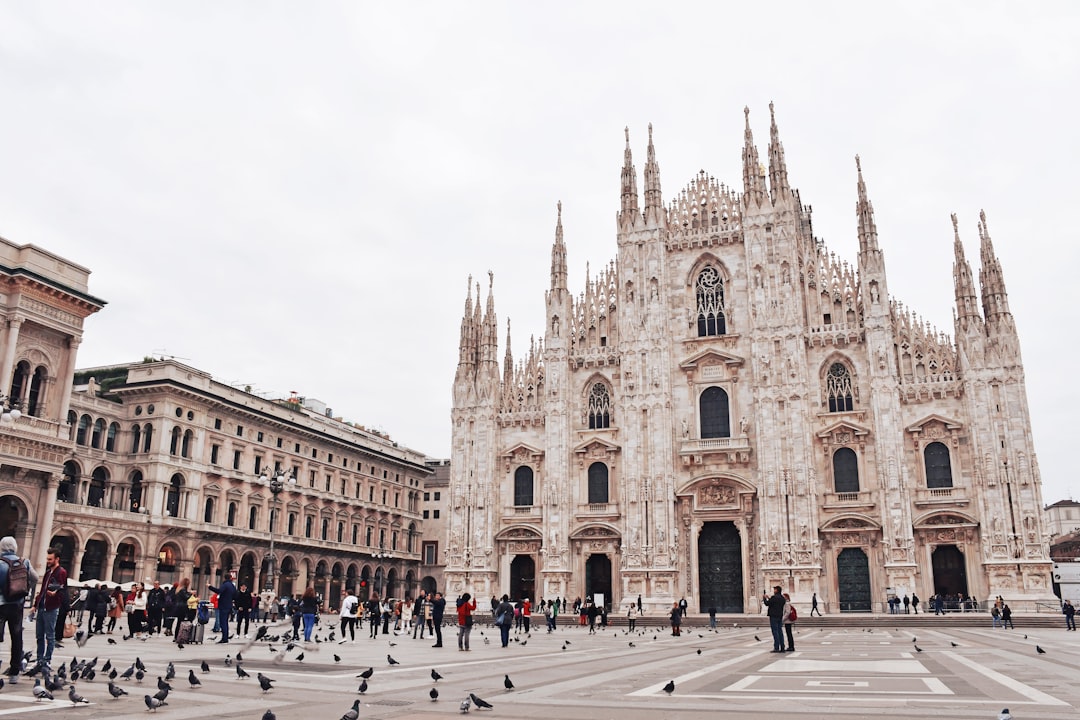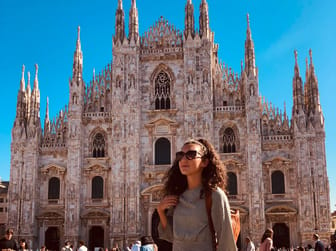Duomo di Milano
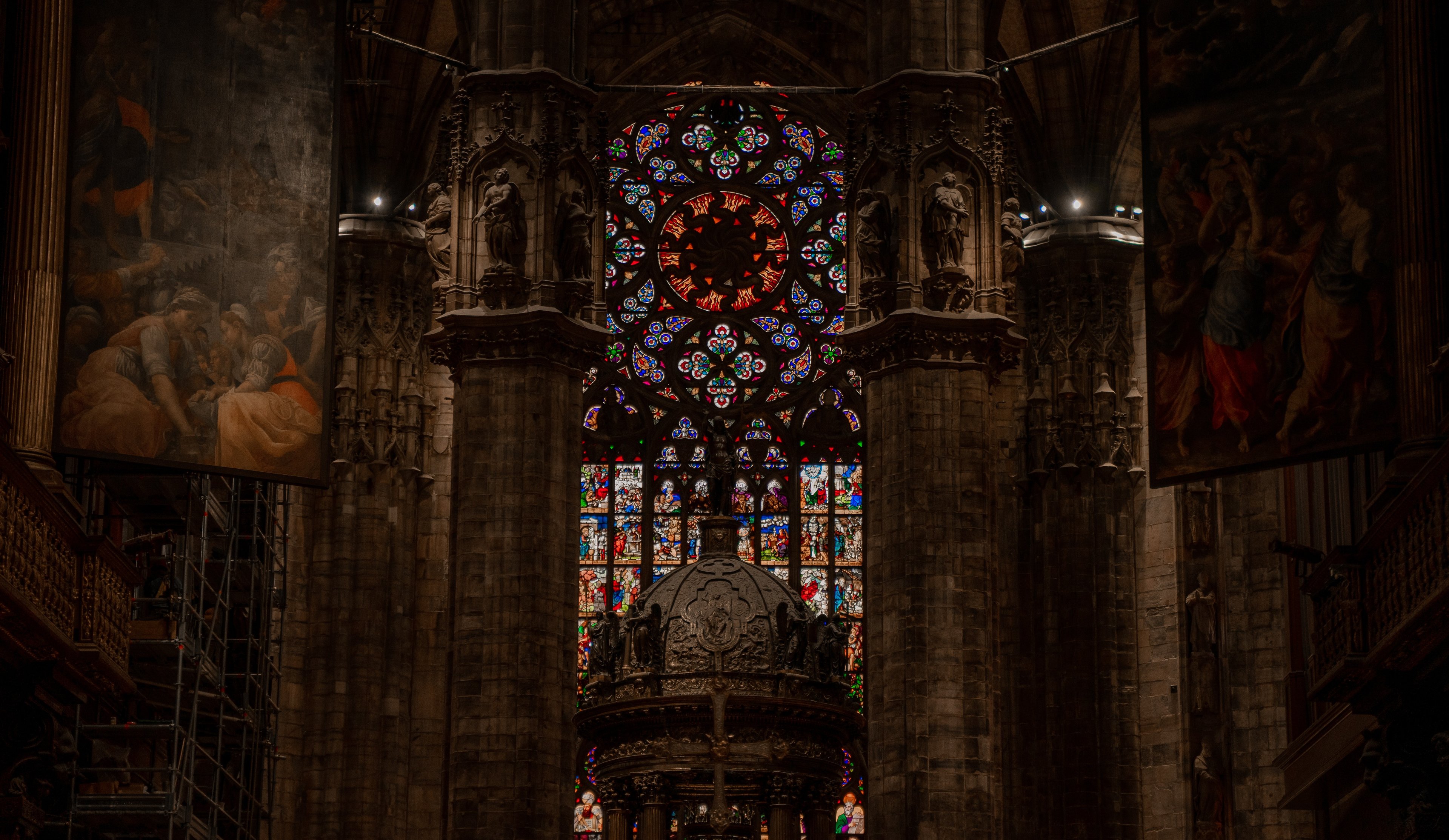
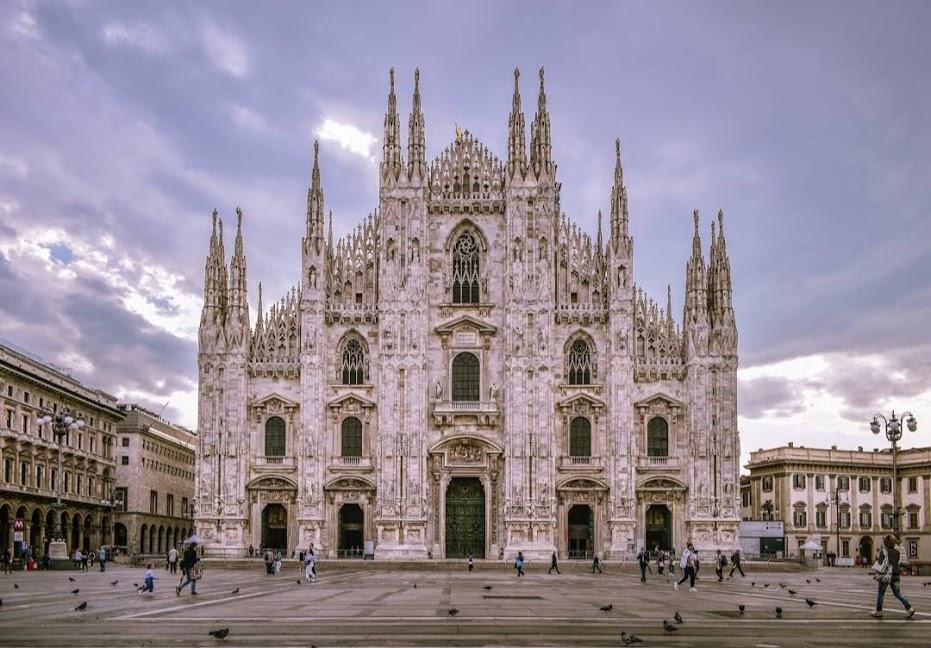

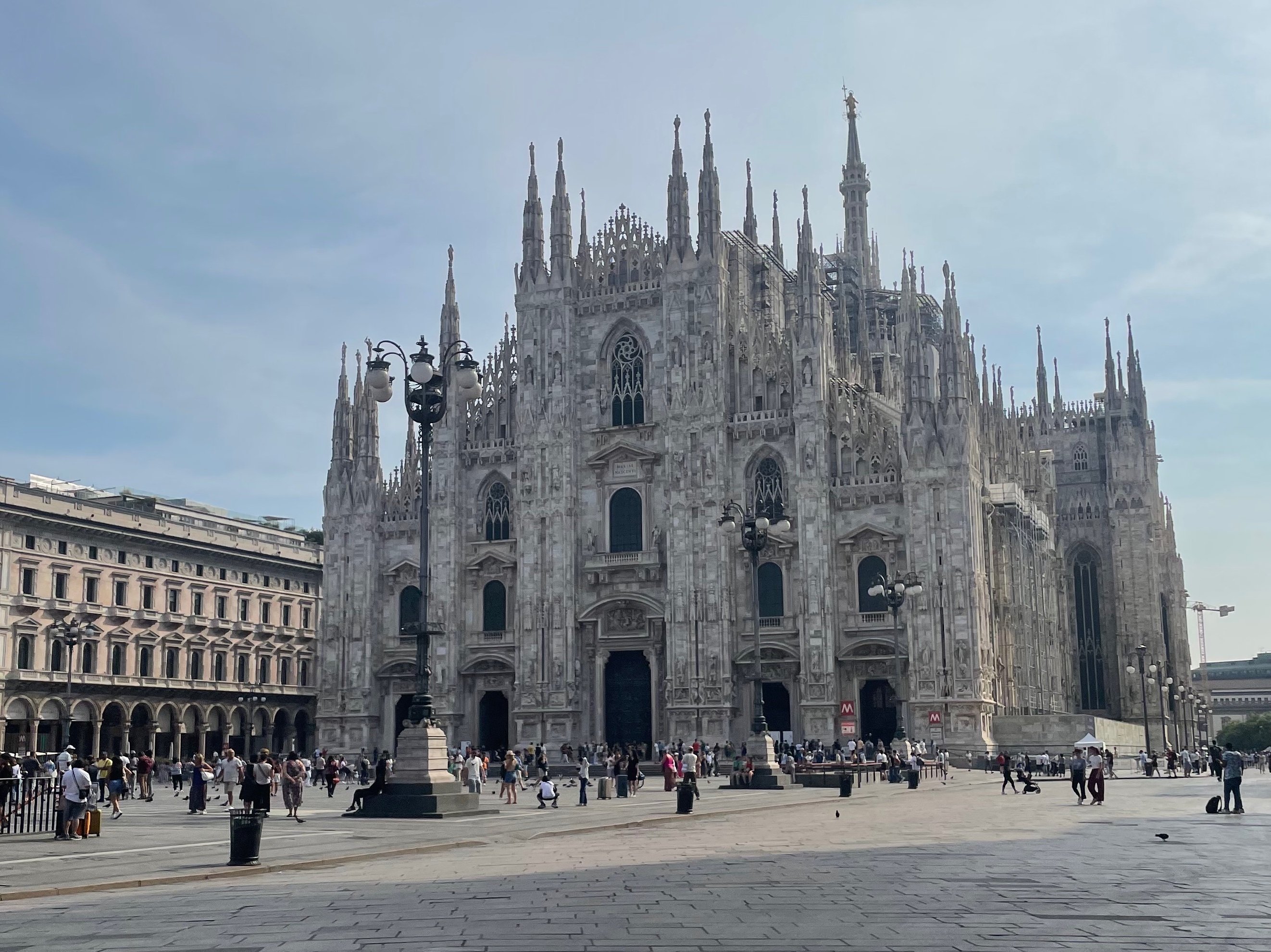
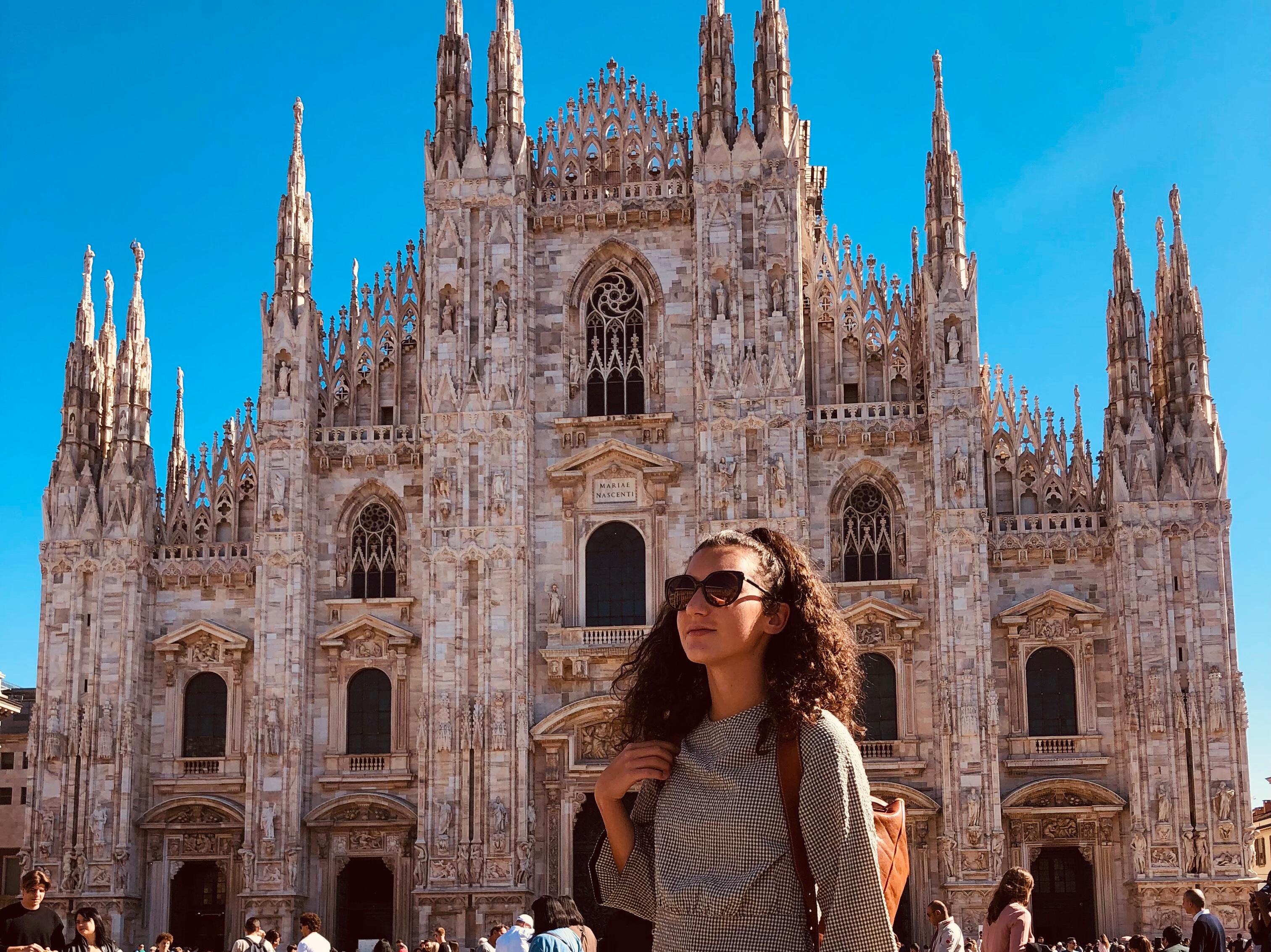
Ask ThatchGPT
Suggest a local expert to plan my trip
Suggest an unique itinerary for my Italy trip
What foods do Italy locals eat
What are some true hidden gems in Italy
Help me brainstorm trip ideas for Italy
Help me plan a family-friendly trip to Italy
What people say
Victoria White
"A true Gothic masterpiece and artistic revolution, the architecture and artworks of Milan’s Duomo are simply awe-inspiring! The cathedral dates back to the 1300’s and is the fifth largest cathedral in the world, taking more than six centuries to complete. Standing within the medieval Piazza, looking up at the Duomo, you can’t help but be captivated by its design and grandeur.
Firstly, I’d encourage you to take a walk around the outside of the cathedral to admire the Gothic tracery, unusual carvings and stained-glass windows. The frontage of the church is filled with unique artworks including snakes, mythological creatures and historic figures. If you stand in front of the church’s main doors and look slightly to your right, you will discover one of the most curious pieces which is thought to depict the legendary dragon-like creature ‘Tarantasio’. It is said that during the 12th century a vast lake existed in the Lowlands of Lombardy where this malevolent beast existed. The region lived in fear of the dragon until after a series of heavy rainstorms a gigantic bone surfaced in the waters, which was believed to be the animal’s remains. However, the legend of ‘Tarantasio’ lives on marking the end of an era of terror for the Milanese people.
Once you have admired the cathedral’s external beauty head inside to see its mesmerising Gothic details and history. I was instantly in awe of the scale and elegance of the stained-glass windows including 100’s of meticulously created scenes which were designed to complement the architecture of the cathedral. The windows use rich colour palettes, intricate figural representations and a contrasting focus on light and dark for dramatic effect. The Duomo contains 55 magnificent stained-glass pieces, but I would highly recommend taking some extra time to view the window entitled “The Fight between St. Michael and the Demons” which is located along the northern wall. The thematic elements include depictions of good and evil in a duel, showing Archangel Michael fighting against the demons. If you look closely, you will see the snakes, devils and dark creatures, which feature in this phenomenal piece of art.
Towards the back of the cathedral, you will discover Saint Bartholomew Flayed', a morbid statue depicting one of the twelve apostles of Jesus who endured a brutal martyrdom when he was said to have been skinned alive and beheaded. Sources say that the saint endured this demise in Greater Armenia after converting their king to Christianity. The historic sculpture was created by renaissance artist Marco d’Agrate in 1562 and is a fantastic example of macabre art.
If you have time, I would also recommend visiting the crypt under the high altar. Here you will discover the rare beauty of the Jemale Chapel, which was designed by Pellegrino Pellegrini in the 16th century. Plus, the spectacular final resting place of Saint Charles Borromeo's at the opposite side.
Another area situated underneath the cathedral which can be visited is the Archaeological site that contains the remains of the Christian Baptistery of St. John and the Basilica of Santa Tecla as well as a former graveyard.
To complete your visit head up to the magnificent rooftop where you can walk through the terraces and get a close-up perspective of the cathedral’s gargoyles, marble statues and soaring design. The main spire known as the ‘Tiburio’, is 108m in height and includes a golden ‘Madonnina’ which is thought to radiate hope, glory and salvation across the city. Make sure to look out for the intricate tracery on the pointed arches on the roof, which I found especially interesting with each one showcasing a different style of carving including: demons, snakes and dragons. You can access the terrace via a 251-step stairway, but personally I would recommend taking the lift to the top and then walking back down!
Tips:
• In terms of tickets there’s lots of different options but it you want to do everything I’ve mentioned I’d recommend purchasing the ‘Fast track pass with terraces by lift’ which you can buy from the Duomo website
• Please note that appropriate dress is required to enter and shoulders and knees must be covered
• There is limited access to the cathedral on Sunday mornings due to religious services taking place "
Read more in:
Beatrice Lugano
Available for hire
"Let's start big 😃
The Duomo di Milano deserves a visit on its own because it is so full of history and art.
But anyway, it can be a good point to start our itinerary.
Many lores have been told about this beautiful building, from its construction to more modern days.
One of the most peculiar is that the cathedral was built over an ancient Celtic temple dedicated to the goddess Belisama, later associated by the Romans with Minerva.
Milan was founded by the Insubrians, a Celtic tribe that later fell under the Roman empire in the year 223 BC.
The construction of the Cathedral began in the year 1386 and officially finished in the year 1965. A popular say in Milan is to refer to something comparing it to the "fabbrica del Duomo" (the construction company of the Duomo) meaning something that has no end.
An interesting lore about the construction of the cathedral says that the Devil himself is involved.
In the year 1386 it is said that the Lord of Milan, Gian Galeazzo Visconti receives a visit by Satan who tells him he will bring his soul to hell unless he builds a cathedral full of the images of the devil.
Almost 500 years later the will of the devil is fulfilled: beyond the 3400 statues of saints and of important figures, the Duomo hosts 96 gargoyles depicting demons and drakes.
The other popular say connected to this lore is that Milan is so busy that the productive people from Milan have found a job even for the demons: they are all outside of the Duomo letting the rainwater flow!!
Another popular legend connected to the Duomo is the one about Carlina, a young woman from Como who married her husband dressed in black as tradition from the feudal time. After the marriage Carlina, dressed in black, wanted to visit the Cathedral with her husband but, when she arrived on the roof she got scared by the statues and, since there was a thick fog, she lost the way and fell down. The body was never found.
The ghost of a lady dressed in black can sometimes be seen in the pictures of recently wed couples who pose in front of the Cathedral.
I finish this long paragraph about the Duomo di Milano with some curiosities about the "Madonnina", the statue that towers the cathedral.
The Madonnina was commissioned by Empress Maria Teresa of Austria in 1776 and became immediately the symbol of the city. The Milan Cathedral is the only one in the world that has a Madonna on it top and this Madonna is the only one with a longsword.
The Madonna is not looking in front of her but on a side direction, precisely in the direction of the mountain complex where the marbles that built the Cathedral came from, the Mount Moro, Ornavasso and going straight a swiss town named Briga, as Saint Briga or better the Goddess Briga -Belisama of the Insubrian tribes.
So the Madonnina with the longsword can remind us to the ancient goddess, but this is just a supposition 😃"
Read more in:
Wiktoria Górska-Kijanka
"Milan Cathedral (Italian: Duomo di Milano; Lombard: Domm de Milan), officially the Metropolitan Cathedral-Basilica of the Nativity of Saint Mary, is the main church of Milan, Italy, and the seat of the Archbishop, currently Mario Delpini. Dedicated to the Nativity of St. Mary, its construction began in 1386 and was completed nearly six centuries later in 1965. It is the largest church in the Italian Republic and the third largest in the world, after St. Peter's Basilica in Vatican City. The cathedral's layout features a central nave with four side aisles, intersected by a transept, and ending in a choir and apse. The nave reaches a height of about 45 meters (148 feet), making it one of the highest Gothic vaults in a completed church, though not as tall as the 48 meters (157 feet) of the unfinished Beauvais Cathedral.
The roof, accessible to tourists for a fee, offers a close-up view of the intricate sculpture that might otherwise go unnoticed. It is famous for its forest of openwork pinnacles and spires, supported by delicate flying buttresses.
The cathedral's five broad naves, separated by 40 pillars, are mirrored in the façade’s hierarchical openings. The transepts also feature aisles. The nave columns stand 24.5 meters (80 feet) high, and the apsidal windows measure 20.7 by 8.5 meters (68 by 28 feet). Constructed of brick and faced with marble donated by Gian Galeazzo Visconti, the cathedral's maintenance and repairs are highly complex."
Read more in:
Mentioned in these guides
About Duomo di Milano
Get the inside scoop on Duomo di Milano from local experts, travel creators, and tastemakers. Browse genuine trip notes, Duomo di Milano reviews, photos, travel guides, and itineraries from real travelers and plan your trip with confidence.
Website
Phone
Save this spot for later or start mapping out a new trip today
Try our AI Travel Assistant and get instant answers to any questions about your trip.
Ask ThatchGPT

